Physics Games

Take Me To Your Teacher

Head Runner Dash

Italian Brainrot Hunting 3D

Dino Game
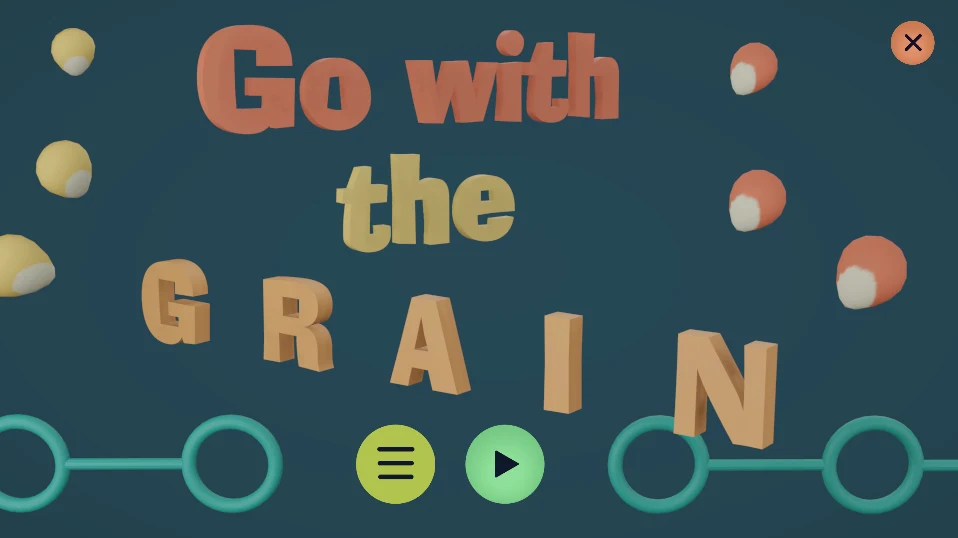
Go with the Grain
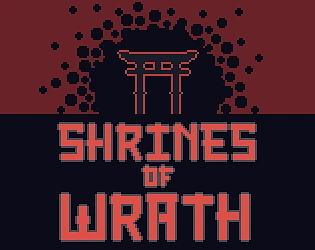
Shrines of Wrath

Geometry Dash 3D
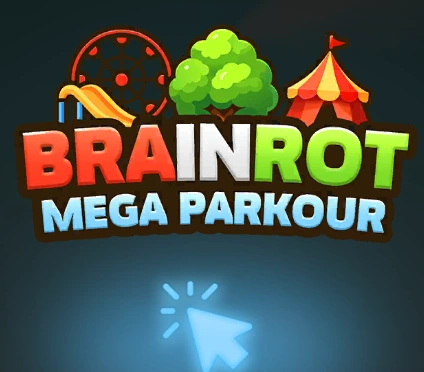
Brainrot Mega Parkour

Cooking Restaurant Kitchen

Famidash – Geometry Dash, but Retro

Scritchy Scratchy

Float Your Goat

Plague Sweeper
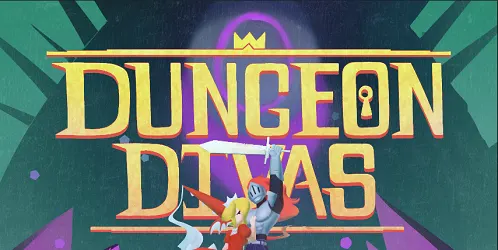
Dungeon Divas
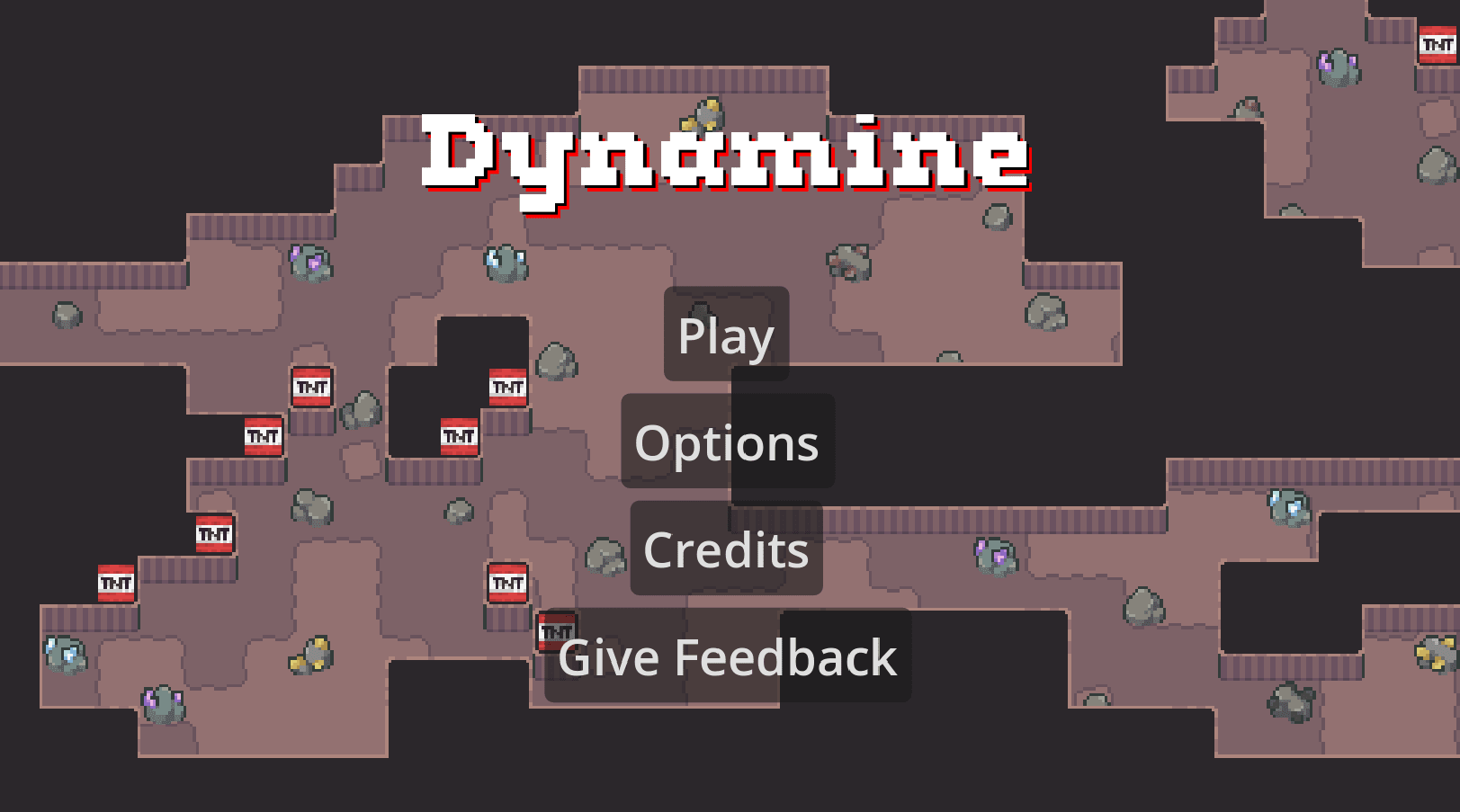
Dynamine

Candy Killers

Maze Craze
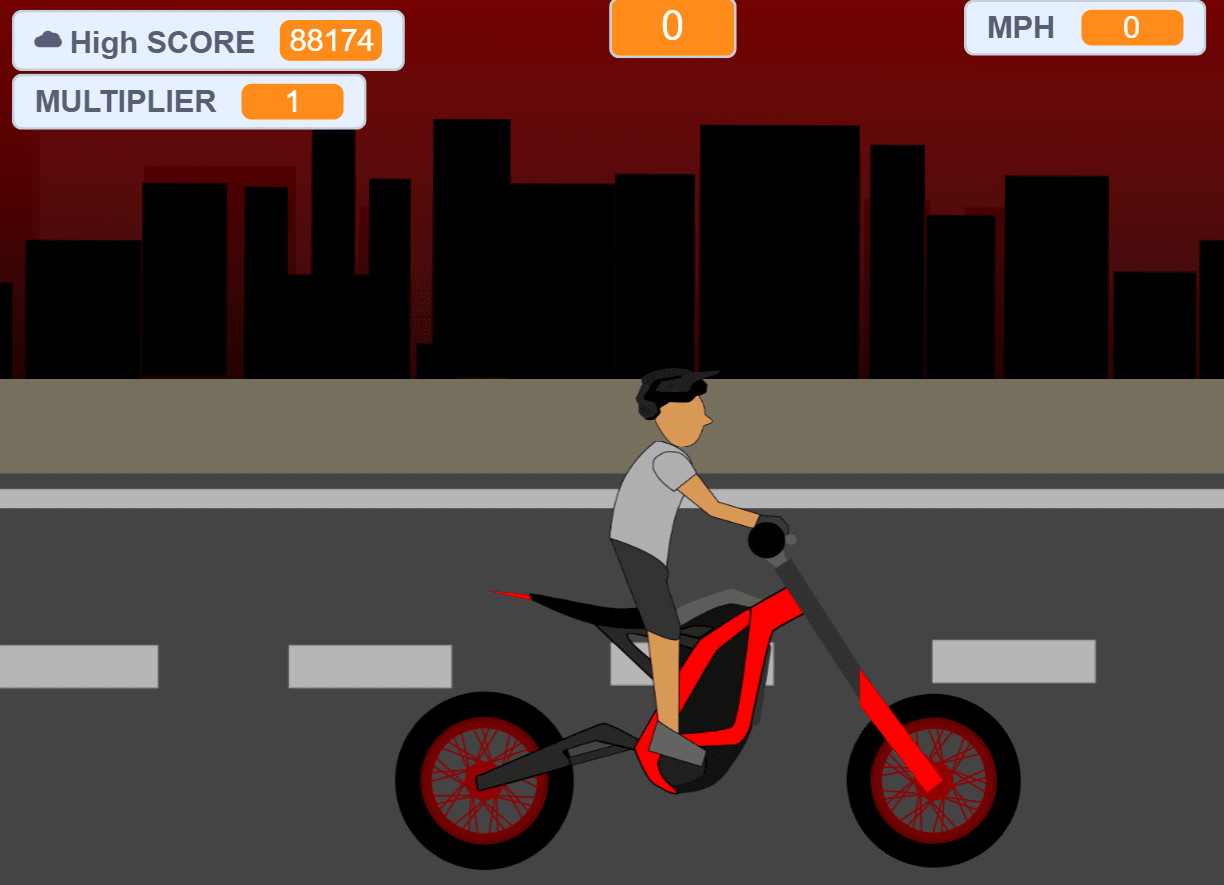
SoFlo Wheelie Life
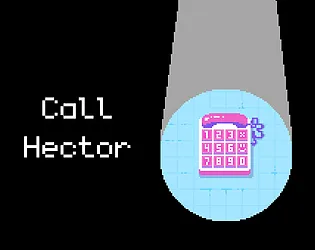
Call Hector

Rope Rescue

Jelly Well
Physics Puzzle Games — Where Real-World Rules Create Virtual Challenges
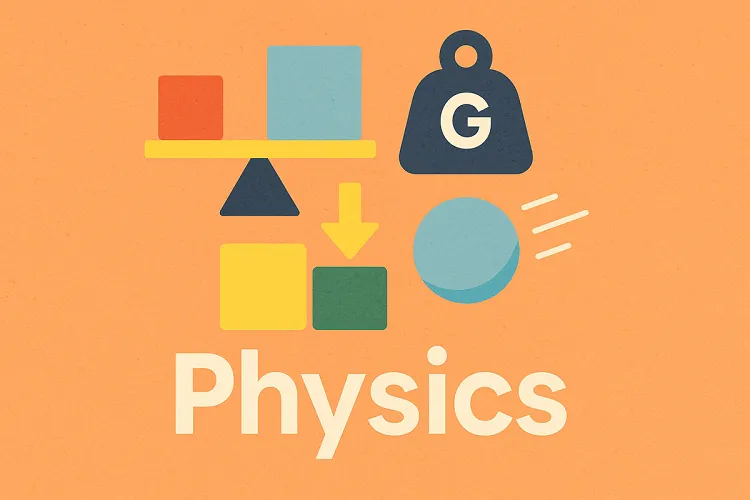
Physics puzzle games use simulated real-world physical laws — gravity, momentum, friction, tension, and collision — as core gameplay mechanics. Instead of arbitrary rules, these puzzles follow intuitive physical principles you understand from everyday experience. Objects fall when unsupported, rolling balls gain momentum, stacked items topple if unbalanced.
This grounding in familiar physical reality makes physics puzzles uniquely accessible while still challenging. You already know how physics works; the puzzle is applying that knowledge creatively to solve specific challenges.
Why Physics-Based Puzzles Feel Different
Intuitive Understanding — Unlike abstract puzzle rules requiring explanation, physics follows laws you've internalized since childhood. Things fall down, not up. Heavy objects are harder to move. These feel natural rather than learned.
Visible Cause and Effect — Physics simulations show immediate, visual consequences of actions. Pull a support beam and watch structures collapse. Release a ball and see it roll according to momentum and gravity.
Experimental Learning — Physics puzzles encourage experimentation. Try different approaches, observe results, understand why they worked or failed, and iterate. This mirrors scientific method thinking.
Emergent Solutions — Physical systems create unexpected possibilities. Sometimes you solve puzzles in unintended ways because physics allows creative approaches designers didn't anticipate.
Satisfying Realism — Well-simulated physics feels right. When objects behave as expected — or spectacularly fail in realistic ways — the simulation quality itself becomes rewarding.
Types of Physics Puzzle Games
Gravity Manipulation — Challenges where you control or use gravity to move objects, guide characters, or achieve goals. Understanding gravitational pull becomes your primary tool.
Balance and Stability — Stack objects, build structures, or arrange items to achieve stable configurations despite gravity trying to topple everything.
Momentum and Trajectory — Use physics of motion to launch projectiles, guide rolling objects, or create chain reactions where moving elements trigger subsequent events.
Destruction Puzzles — Strategic demolition where you must collapse structures, remove supports, or cause specific destruction patterns using physics.
Rope and Chain Physics — Puzzles involving flexible connectors, pendulums, swinging mechanics, or tension-based challenges.
Fluid Dynamics — Games simulating liquids or gases, requiring you to direct flow, manage pressure, or use fluid physics to solve challenges.
The Strategic Layer
Despite feeling natural, physics puzzles require sophisticated strategy:
Force Analysis — Understanding which forces act on objects and predicting resulting motion before committing to actions.
Structural Thinking — Recognizing stable versus unstable configurations, identifying critical support points, and predicting failure modes.
Timing and Sequence — Many physics puzzles require actions in specific order or at precise moments when objects are positioned correctly.
Resource Efficiency — Using minimal materials, forces, or actions to achieve physics-based goals, finding the elegant solution among many possible approaches.
Chain Reaction Design — Setting up Rube Goldberg-style sequences where one physical event triggers another in carefully planned cascades.
Educational Value Without Lectures
Physics puzzle games teach genuine science concepts:
Newton's Laws — Understanding inertia, acceleration, and action-reaction through gameplay experience Structural Engineering — Learning what makes stable structures through building and failure Trajectory Calculation — Developing intuition for ballistic motion and momentum Center of Mass — Grasping balance points through stacking challenges Energy Transfer — Seeing how kinetic and potential energy convert through physical interactions
This learning happens organically through puzzle-solving rather than explicit instruction, making it stick better than textbook study.
The Satisfaction of Realistic Simulation
Quality physics engines create deeply satisfying moments:
- Watching a carefully balanced structure hold firm against gravity
- Seeing a launched projectile follow the exact trajectory you predicted
- Experiencing realistic collisions with proper momentum transfer
- Observing chain reactions execute perfectly as planned
- Witnessing spectacular physics-based failures that teach what went wrong
These moments feel rewarding because they mirror real physical experiences, creating virtual analogues to building with blocks, knocking down dominoes, or skipping stones.
Perfect for Creative Problem Solving
Physics puzzles rarely have single solutions. Physical systems allow creative approaches:
- Build minimal structures versus over-engineered stable ones
- Use brute force physics versus elegant minimal intervention
- Exploit unexpected physics interactions designers might not have anticipated
- Develop personal play styles based on physics understanding
This openness rewards creativity and lateral thinking.
Accessibility Through Familiarity
Physics puzzles welcome new players because:
No Special Knowledge — Life experience with gravity and objects provides sufficient background Visual Learning — Watch what happens and adjust strategy accordingly Intuitive Controls — Usually simple interactions (place objects, cut ropes, launch items) Gradual Complexity — Start with basic physics concepts and build to complex interactions Trial and Error Friendly — Failed attempts teach through visible consequences
Therapeutic Destruction
Physics-based destruction puzzles offer stress relief through controlled chaos. Strategically collapsing structures, causing chain reactions, or demolishing obstacles provides cathartic entertainment. The physics simulation makes destruction feel more satisfying than arbitrary removal — seeing realistic collapses following actual physical laws amplifies the visceral pleasure.
Cross-Generational Appeal
Physics puzzles work for all ages:
Children — Learning basic physics through play Students — Reinforcing classroom physics concepts entertainingly Adults — Applying real-world understanding to creative challenges Seniors — Maintaining cognitive skills through familiar physics-based reasoning
Discover Physics Puzzle Games
Explore our collection of physics puzzle games and experience the unique satisfaction of solving challenges using real-world physical laws. Whether you're building stable structures against gravity, launching projectiles on perfect trajectories, creating chain reactions, demolishing targets strategically, or manipulating ropes and momentum, these games prove that the best puzzle rules are the ones governing reality itself.
Gravity pulls. Momentum matters. Balance counts. Physics works — and that's what makes physics puzzle games so intuitively compelling and endlessly engaging.